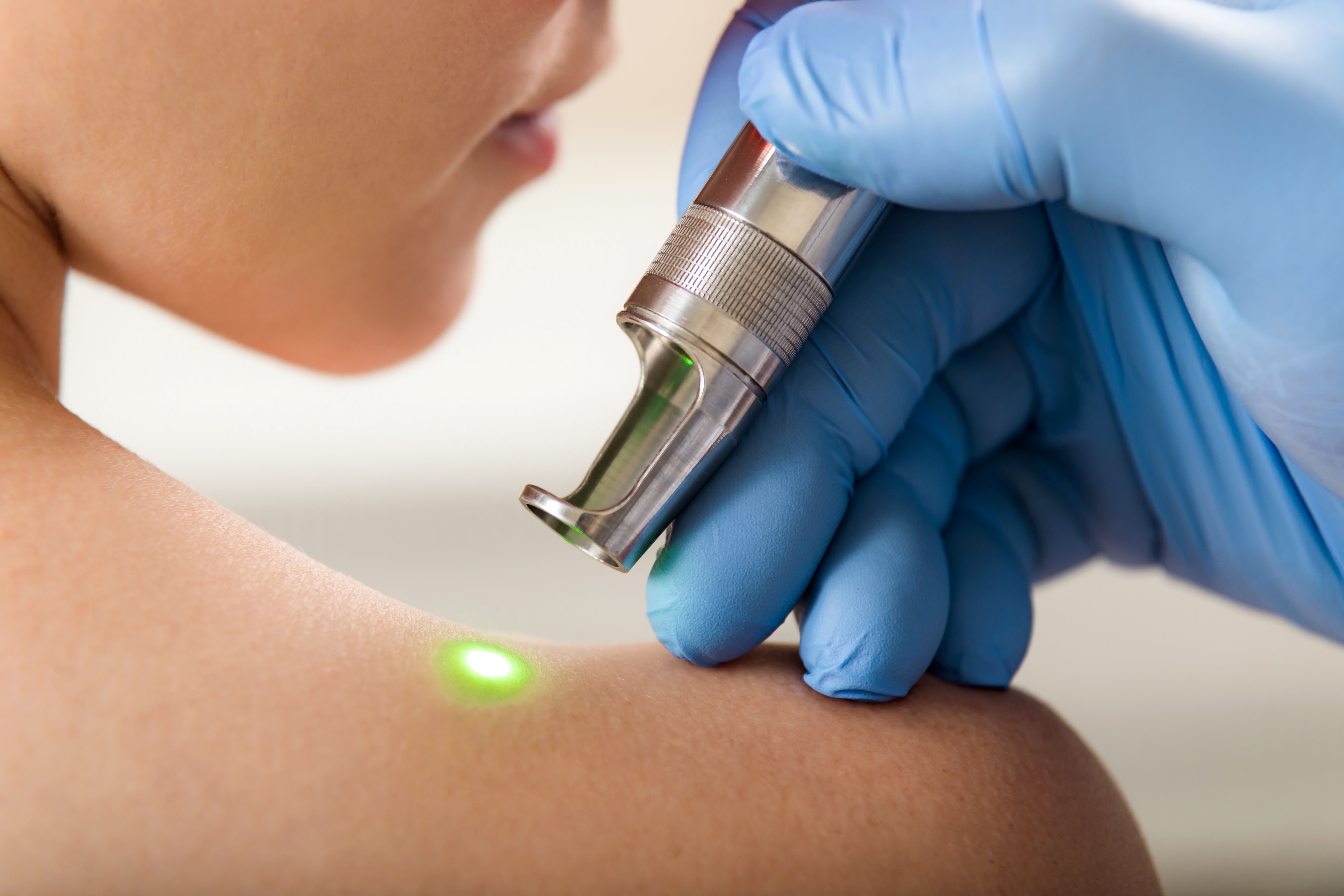- Acne
- Actinic Keratosis
- Aesthetics
- Alopecia
- Atopic Dermatitis
- Buy-and-Bill
- COVID-19
- Case-Based Roundtable
- Chronic Hand Eczema
- Chronic Spontaneous Urticaria
- Drug Watch
- Eczema
- General Dermatology
- Hidradenitis Suppurativa
- Melasma
- NP and PA
- Pediatric Dermatology
- Pigmentary Disorders
- Practice Management
- Precision Medicine and Biologics
- Prurigo Nodularis
- Psoriasis
- Psoriatic Arthritis
- Rare Disease
- Rosacea
- Skin Cancer
- Vitiligo
- Wound Care
Article
Fat Grafting: Problems & Opportunities
Author(s):
Despite issues with processing and predictability with fat grafting, Kamakshi Zeidler, M.D., believes long-term results and near-future technologies secure its place in aesthetics.
Don't count out fat grafting as a safe, reliable means of producing long-lasting aesthetic enhancement, says Kamakshi Zeidler, M.D., who performs 250 to 300 fat-grafting cases annually. The Campbell, Calif.-based plastic surgeon and managing partner and founder of the multi-specialty practice, AESTHETX, admits that while many aesthetic physicians are interested in fat grafting, they may also be concerned the procedure has unpredictable results.1
Presently, she says, significant variability exists due to patient-related factors, and the multiple methods used to harvest, process and deliver fat grafts. Additional concerns include potential complications such as fat necrosis, cysts and donor-site irregularities.
Poor retention and predictability can also be barriers to patients' considering fat grafting a viable option, she says.
“As somebody who's been doing this for a decade, I say there's a real equation for success,” says Dr. Zeidler. “It has to do with processing and removal of contaminants that decrease the concentration of viable fat cells and also lead to inflammation. When all these contaminants are removed, we can get the best ‘take’ possible. We want to reduce these free lipids, red blood cells, white cells and free fluid because we know that they incite inflammation and kill the new fat grafts.”
American Society for Aesthetic Plastic Surgery 2018 statistics show that the number of fat transfers to the breast grew 7.5% compared to the previous year, while buttock augmentations — which includes implants and fat transfers — rose 15.8%.2
Although the process may seem complex, says Dr. Zeidler, it is fairly straightforward. When plastic surgeons talk about achieving the best percentage take, she explains, success rests upon the quality of the fat that is injected. “If half of that is garbage, your take is only going to be 50%.”
To provide patients interested in fat grafting and other treatments with the full spectrum of aesthetic medicine in one location, Dr. Zeidler’s practice employs two senior plastic surgeons and a dermatologist.
“We think of it as a new aesthetic paradigm to offer everything in one spot,” Dr. Zeidler says. “When I see a patient for facial rejuvenation, they're often meeting with a dermatologist and a plastic surgeon in the same appointment and going through short- and long-term plans to achieve the best overall aesthetic results now and in the future.”
She also adds that many of the practice's patients seek long-lasting results.
Newsletter
Like what you’re reading? Subscribe to Dermatology Times for weekly updates on therapies, innovations, and real-world practice tips.














